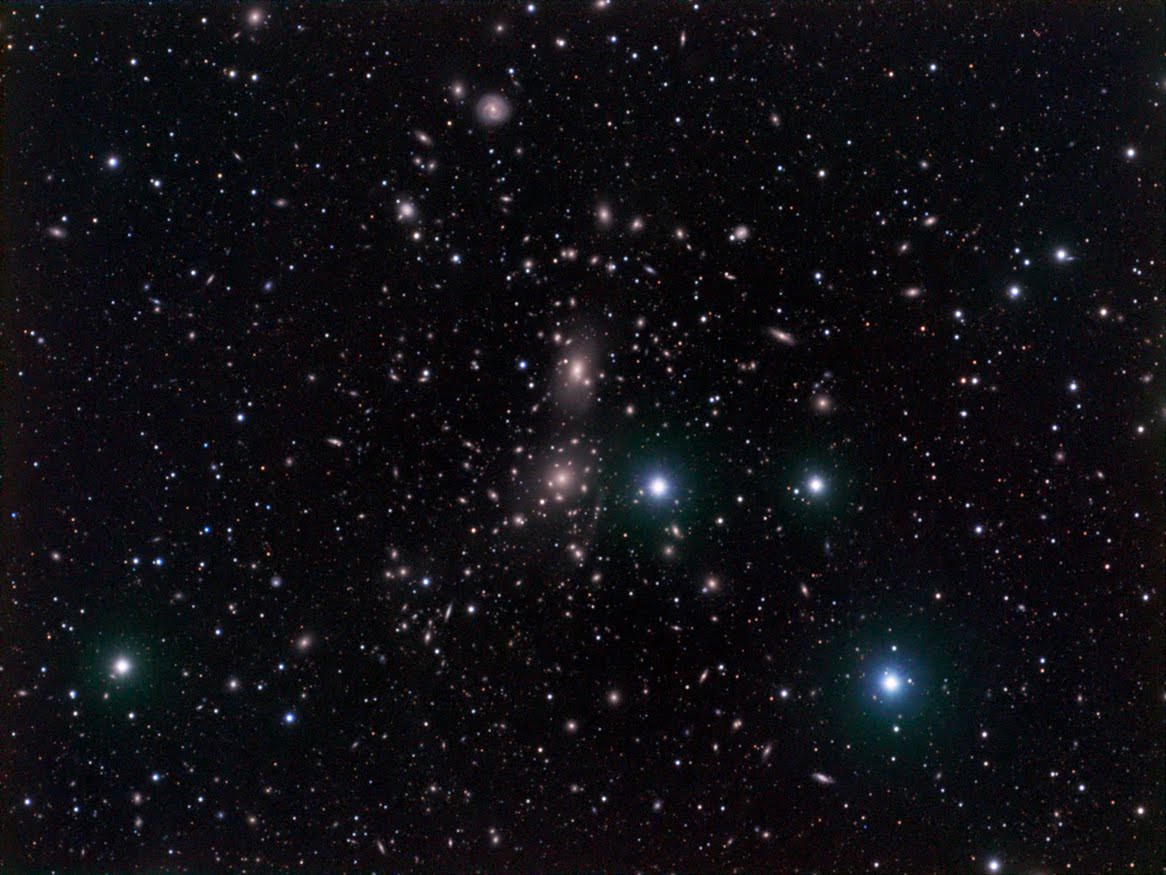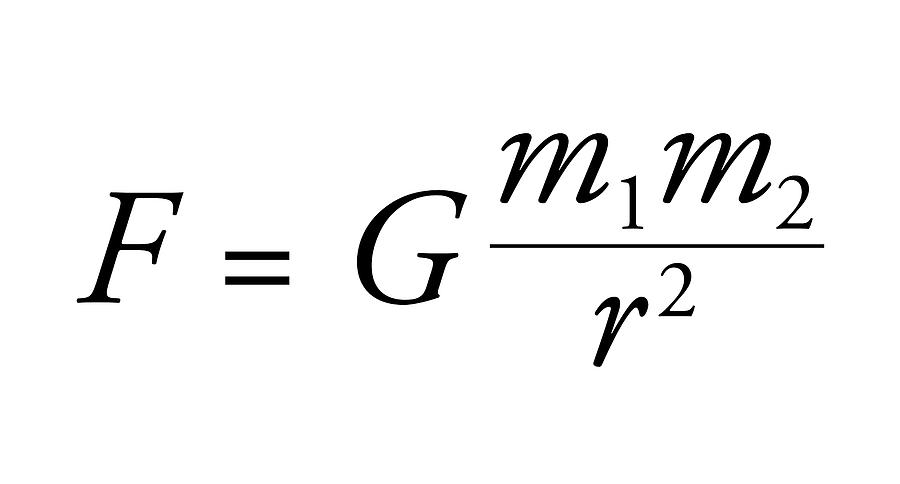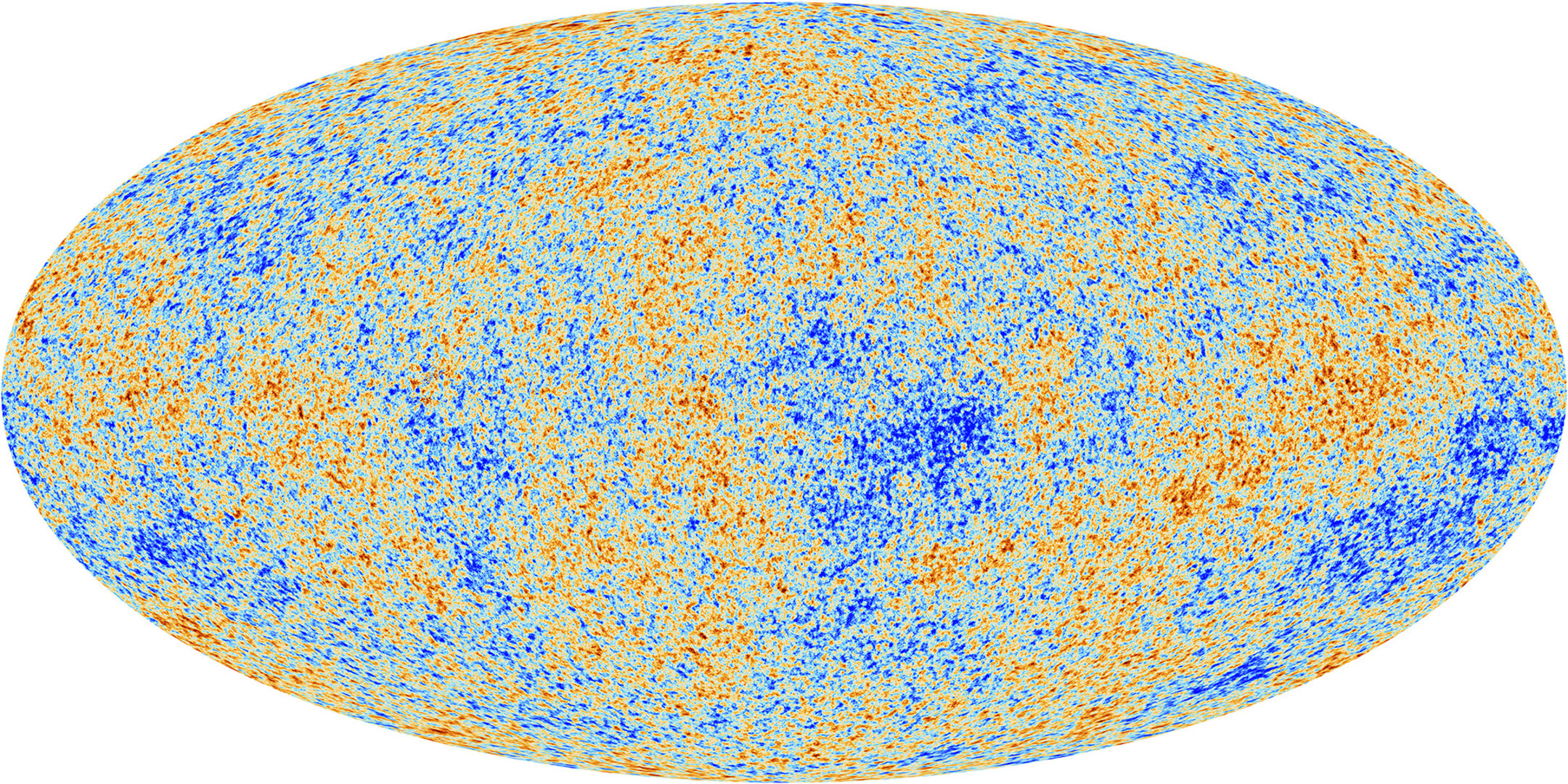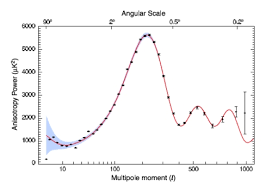Dark matter
Submitted by astro_emi
·Introduction
In this article we are going to discuss one of the biggest embarrassments for astrophysics: The fact that we do not really know what most of the universe is made of. Astronomers believe that there are about five times more of some untraceable dark matter in the universe than there is normal matter. Dark matter is to cosmos as air is to humankind: ubiquitous, necessary, unseen but felt.
Dutch astronomer Jacobus Kapteyn was the first person to suggest the existence of dark matter in 1922. Dark matter is a theoretical form of matter that is believed to account for 21% of the observable universe. For comparison, ordinary matter and energy accounts for only four percent, according to cosmological models (today, the most accepted one is the flat Lambda Cold Dark Matter Big Bang model). By ordinary matter, I mean all the matter that make up everything we know of, as Earth and every other planet, star, asteroid etc. And the remaining 74% is something even more mysterious: Dark energy. We are going to discuss dark energy in a later article.
IMAGE 1

Graphed: The dark universe comprises 95% of the observable universe.
What is dark matter?
The thing here is, we do not really know what dark is. However, there are several phenomena and events in the universe that cannot be explained without the presence of dark matter and there are plenty models trying to describe it. We have not directly traced this form of matter, but we can describe and measure some of their behaviors.
One of the most important features of dark matter is that it does not it collide. If Newton were to study apples made of dark matter, it would at first sight behave just like regular matter. Just as one would expect from regular matter which feels gravity, the dark matter apple would fall towards Earth. However, when it reached the ground, it would not stop. It would have proceeded to fall through the Earth, until it reached the other side and followed that same trajectory on its way back. Like that, it would have kept on forever. Dark matter does not collide.
(However, it is mentionable that dark matter neither does form structures, such as apples are.)
In light of the dark matter apple, it is perhaps mentionable to look at what it really is that make matter collide. To do this, we have to understand some quantum physics. Briefly, collision of particles is the exchange of photons between them. Most people are perhaps acquainted with how electrically charged particles either repel or attract each other when they have similar or different charges, respectively. When they do that, they exchange photons.
We say that photons are the carrier of the electromagnetic force and it is only felt by electrically charged particles, as they are the only ones that can send out or receive photons. However, photons that are exchanged between charged particles is what we call virtual particles and they cannot be seen. We should be rather relived that we cannot see them, as we live in a world full of collisions. (We would actually not be able to see anything if we could perceive virtual photons, as there would be light everywhere due to collisions.)
When a regular apple collides with the ground, what really happens is that the electrons in the ground configures in such way that the electrons in the apple meet the electrons in the ground. If the number of electrons slightly outnumbers the positively charged nuclei in both the ground and apple where they meet, they repel each other. This is what makes a regular apple different from a dark matter apple. Dark matter is not charged, so it does not feel the electromagnetic force and thus does not collide.
To summarize: When we say that this substance which we call dark matter is “dark”, what we really mean is that it does not collide, like regular matter does. It does not feel the electromagnetic force, or more scientifically: It propagates unhindered through the electromagnetic field.
When we cannot see dark matter, how do we know it is there? Although we have not found direct optical evidence of dark matter, astronomers are fairly certain of their existence. So, let us look at some phenomena that support the alleged existence of dark energy and matter.
Velocities of galaxies in the Coma cluster
Astronomer Fritz Zwicky pioneered in the discovery of dark matter. In 1933 he observed and studied the motions of galaxies in the Coma cluster.
IMAGE 2

Astronomer Fritz Zwicky.
-
First, he calculated what the velocities had to be by measuring the mass and size of the cluster. However, his observations did not seem to match his calculations. He found that the galaxies were moving very rapidly, much faster than what one would expect from the cluster’s mass.
The velocities at which the galaxies were moving at, should make them leave the cluster. They were moving at velocities exceeding the escape velocity of the cluster. There simply was not enough gravity to hold them there. However, that is only if gravity was caused by normal matter. There had to be something else causing this incredibly strong gravitational field that he could not see.
IMAGE 3

Image credit: Paul Tankersley’s astrophotography, of the Coma Cluster of galaxies 321 million light-years away, via http://ptank.blogspot.com/2010/05/abell-1656.html.
-
From what he observed, Zwicky was bold enough to conclude that he was dealing with something extraordinary, and he predicted the existence of a dark substance. He needed large amounts of this untraceable form of matter to explain the motion of the galaxies. From his calculations, there had to be more than 99% dark matter in the Coma cluster. However, more recent studies show that there are only about 90% dark matter there.
We know that the Coma cluster accomodates large amounts of dark matter, although today the amount we measure is more than 10% less than what Zwicky’s calculations predict.
The explanation for this is simply that the distance between us and the coma cluster was not measured correctly. At Zwicky’s time, the accepted distance to the coma cluster was shorter than more recent and better studies show. So, if Zwicky thought the cluster was closer than it really is, it would also be natural to think it was rather dim. Consequently, he calculated that there was less matter in the cluster than there really is. When Zwicky measured the relatively dim light from the Coma cluster, he thought it was because the cluster contained little matter, not that it was more distant than it came out to really be later on.
Vera Rubin and galaxy rotation curves
In the 70s, Vera Rubin and Kent Ford pointed their telescope toward the Andromeda Galaxy and did something similar to what Zwick did. They wanted to study the rotation of different stars in the galaxy and the results suggested that there had to be something mysterious in the outer layers of the galaxy.
For the stars near the center, the results were just as predicted. The greater velocities the stars had; the more gravity was needed to keep the stars in orbit. A great approximation for stars in galaxies is that they only feel the gravity from all the matter between themselves and the center of the galaxy. As you move outwards in the galaxy, the matter between the stars and the center increase. Stars can travel faster the more matter and gravity is present inside of it.
First, one would expect the rotation of the stars to increase as we move out from the center of the galaxy, and this is exactly what Rubin observed. However, as you reach the outermost part of the galaxy, the concentration of stars will drop. Thus, as you move even farther out, the mass between the outermost stars will not increase significantly for the stars to be able to increase their velocities. This is in accordance with Newton’s law of gravity, which states that the gravitational force is inversely proportional to the square of the distance.
IMAGE 4

Formula: Newton’s law of gravity. The gravitational force F between two objects is equal to the product of the masses of them, times the gravitational constant and divided by the radius squared.
-
From this, one would expect that for the stars in the most outset layer of the galaxy, velocities would drop. However, this is not what Rubin observed in the 70s.
The rotation curve for the Andromeda Galaxy seemed to be flattening out for the outermost stars. Here, theory and observations did not match. For the remotest stars to have the same or increased velocities as of the stars nearer the center, there has to be something else in between that causes gravity to increase.
To resolve this inconsistency between observations and theories, there was concluded that the gravitational mass in the outer layers of the Andromeda Galaxy and other spiral galaxies is more than ten times more massive than the luminous mass. Therefore, it should exist a non- luminous form of matter to compensate for the extra gravitational mass: Dark matter.
IMAGE 5

Graphed: Galaxy rotation curve of Triangulum galaxy (Image: Mario De Leo).
Cosmic microwave background
The cosmic microwave background (CMB), also known as “the last scattering”, is electromagnetic radiation that is almost isotropic. It can be thought of as a photograph of or the remnants of the Big Bang. The patterns we can see were set up by two forces: Gravity and outward pressure exerted by photons. The graph below illustrates the patterns of the CMB.
IMAGE 6

Illustrated: The Cosmic background radiation (CMB).
-
As we can see from the picture above, we have many different “dots”. The blue dots show parts of the early universe with just a slightly lower density than the rest, and the red dots show parts that are somewhat warmer and more massive. If the universe did not consist of dark matter as well as regular matter, the pattern above would look completely different. Below is a graph illustrating the observed distribution of different sized dots.
-
If we were to plot a graph showing how many of each sized dot we would expect from our theories, they almost perfectly align with the graph above. However, if we exclude dark matter from our theories, we get a completely different graph. If we keep dark matter in our theories, theories almost perfectly fit observations. The existence of dark matter leaves a characteristic imprint on observations of CMB, as it helps matter clump into denser regions without being affected by the outward pressure from photons.
Bullet cluster
Now we are going to look at perhaps the most beautiful evidence of dark matter. There are theories that try to explain the other observations without gravity, but they cannot explain this evidence.
In 2006, The Hubble Space Telescope and the Chandra X-ray observatory released some exciting news about the Bullet Cluster. Two clusters were undergoing a high-speed collision. The collision allowed astronomers to locate where most of the matter in the clusters was. To do that, two methods were used: Gravitational lensing and optical observations of X-ray emission.
When the intergalactic gas within the galaxy cluster collides, it slows down and is heated up due to friction. This causes an increase in brightness in the X-ray part of the spectrum. Thus, one way one can tell two clusters have collided is through X-ray observations. By mapping where the X-rays come from, we get an idea of where most of the matter is.
Additionally, astronomers used gravitational lensing to reconstruct a map of where most of the mass was. This method is extremely helpful in astronomy. Essentially, the method is based on the principles of General Relativity and the fact that light itself is also affected by gravity. In the Bullet Cluster, there is obviously a lot of matter and thus a lot of gravity. If we look at some distant galaxy through a massive object, the light from them bends as they pass the nearby object. The nearby massive object acts as a lens. By measuring how the background galaxies get distorted, one can calculate where most of the gravitational mass must be.
IMAGE: Hubble: Gravitational lensing. Image credit: NASA/ESA/Hubble/Rivera-Thorsen et al.
If the cluster exclusively consisted of regular matter, the two observations would overlap. However, the two methods did not get the same results. Observations through gravitational lensing indicates that most of the gravitational matter in the Bullet Cluster is not where the Xrays came from.
IMAGE:
In the above picture the visible matter and gravitational matter is mapped as red and blue dots, respectively. These dots are simulated, so we cannot really see them.
We know that dark matter does not collide, and there seems to be a lot of non-colliding matter in the Bullet Cluster. Hence, the Bullet cluster must contain large amounts of dark matter, causing this inconsistency between the two theories.
Discussion
To conclude I think it is mentionable that there are some scientists that doubt the existence of matter. We have not measured dark matter directly, even though it has been predicted for many years. Evidence for dark matter centers around its gravitational interactions, so perhaps it is our theories of gravity that are misunderstood?
There are a lot of research based on alternative theories of gravity. For instance, some research groups are investigating theories such as MOND (Modified Newtonian Dynamics). So far, this theory has succeeded in explaining the peculiar motions in galaxies, but fail to provide explanations to other evidences of dark matter such as the Bullet Cluster, as mentioned. Today, it is reasonable to believe that there exist huge amounts of dark matter in our universe.
IMAGE

Illustrated: The observed distribution of different sized dots in CMB.